The Heart Is a Runner’s Most Valuable Tool
Ben Kaplan chases Tommy Des Brisay, whose championship races are among his least impressive accomplishments
Tommy Des Brisay is an elite runner and the winner of the 2016 Canada Army Run half marathon. He has severe autism and says running and competitive racing have become part of his overall approach to health and wellness. He runs because it makes him feel better.
“Exercise is my fate,” says Des Brisay, 25, who responds best to questions when asked to put his answers into the framework of a story. A lover of Disney films and the meditative, repetitive routine of running (sound familiar?), Des Brisay spoke accompanied by his parents via a YouTube video from his Ottawa home. Questions were posed via Skype by competitive racer and Des Brisay’s former training partner Jen Perrault.
“A hero is someone you can count on, who supports you,” he says in response to being told that other runners see him as a hero, given how he manages his autism in such an inspiring fashion.
Des Brisay was diagnosed with autism at the age of two, and started running with his father when he was 14. He was non-verbal until he was seven—the Disney films helped—and though he’s endured his share of challenges, he remains positive. Neither he nor his family trade in self-pity. Charismatic, he smiles often, laughs freely and visibly enjoys the time he spends running, and with his family and friends. When Des Brisay crosses a finish line—often in first place—he maintains the runner’s courtesy code of congratulating the other runners filing in after him.
“No matter how different we all are or may seem, we all share the same thing: a wish to be included, understood, embraced and be part of the group,” says Mary Ann Given, Des Brisay’s mother, who’s been a force in his development and in building “lookyus,” Des Brisay’s YouTube channel, which has more than 17 million channel views.
“We all have a wish to be recognized, encouraged and to feel we have contributed and made a difference. To be respected for who we are, and given a chance to show what we are capable of,” Given says. “Tommy’s wants are no different than anyone’s—he wants to receive approval, to have friends and be loved.”
As Des Brisay’s race legend builds, his love from the running community has blossomed. He represented Canada at the World Para Athletic Championships in London this summer and last year he won the Canada Army Run half-marathon with a time of 1:12:24 (two minutes off his PB).
Des Brisay’s currently eyeing the 2020 Tokyo Paralympic Games and maintains his speed and endurance alongside his father, a former competitive runner who helps him communicate with other runners and follow instructions, and also report his injuries and drink water while on a race course or in training. Running can be dangerous for Des Brisay because his visual and communication skills are impaired by autism.
It’s not surprising how Des Brisay—who lives with severe anxiety and OCD—continuously leaves jaws dropped on a race course. But what makes him so special is how he seems to manage his private world. Sometimes he’ll giggle to himself when out on a run, pretending to be The Jungle Book’s Mowgli running from Shere Khan while songs from Aladdin play in his head.
“I just had a real smile,” says Des Brisay of his time in London, where he finished in eighth place in the 5,000 metre event, which cemented his reputation as one of the world’s quickest racers. “I run with ‘cartoon legs,’ which means, ‘I go fast.’”
Des Brisay’s parents help me understand the world through his eyes. His father, Peter, is his son’s bridge to his training club, the Ottawa Lions, and works with Athletics Canada to arrange his elite running training, including warm weather camp in Chula Vista and altitude practice in Flagstaff, Arizona.
“I allow him to be himself and bring his own unique personality to his training program and workouts and enjoy my time with him and show him my pride in his accomplishments,” Peter says. “I shadow him and take a step back as much as possible to encourage his independence, acting as a safety net, but allowing him to take to lead as much as possible. I feel Tommy’s greatest gift is the fact that he really truly enjoys running and the process of training and working out.”
His mother, Mary Ann, seconds this theme. “We’ve learned that often one’s greatest challenges are also one’s biggest strengths. Tommy was always driven to move and run, and especially prone to bolt and run when agitated, which posed great difficulties in many ways, such as personal safety and being accommodated in the school system,” she says. “It reached the point where we sought a trained autism service dog to help with safety. However, when given the opportunity to his use natural urge to run in a positive way, Tommy became an elite runner after years of training—his natural abilities have become his best assets in this journey.”
The journey has no doubt been arduous and Des Brisay isn’t necessarily out of the woods. Hardships may come, injuries, poor health and the challenges that each of us, in our own way, must face. But Des Brisay is thoughtful, sweet and sincere, and once again lacing up his shoes for the Canada Army Run half-marathon. He doesn’t keep track of his race times and is able, somehow, to smile, even when facing difficult odds. It’s no wonder this runner from Ottawa has taken the sports world by storm.
“I feel stronger all the time,” Des Brisay says. “I’m going to be the first fastest runner in the world.”
To us, whether or not he accomplishes that—and, knowing Des Brisay, he very well may—he’ll still be the runner who inspires us to find our own next finish lines.





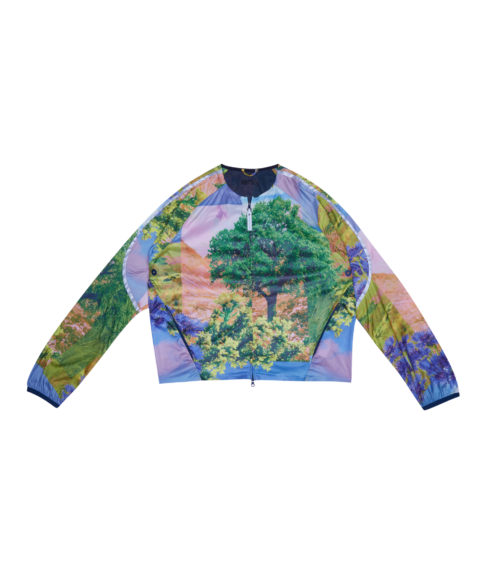



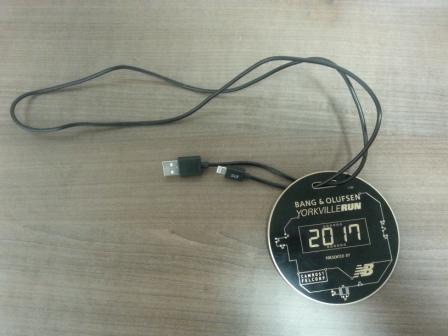
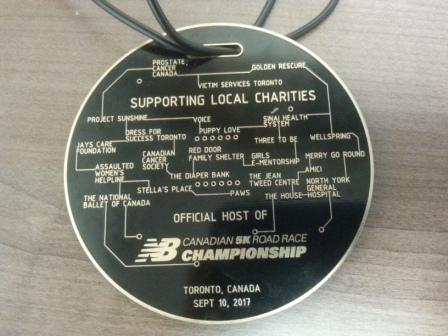
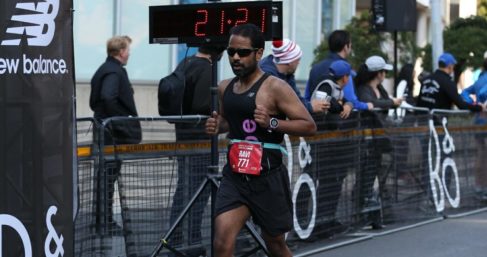



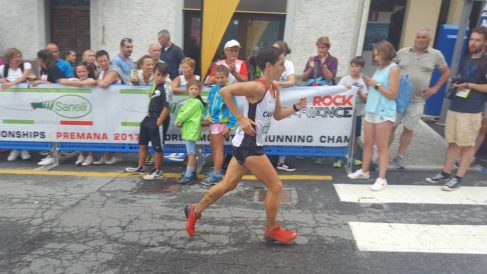
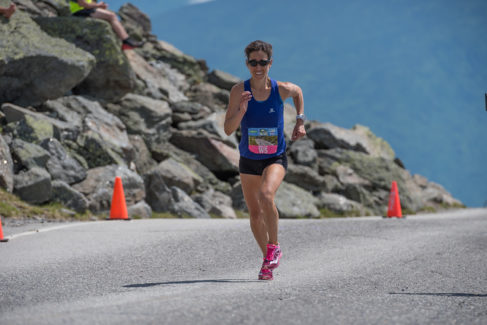
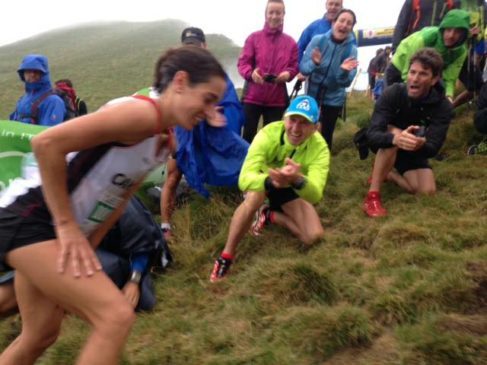
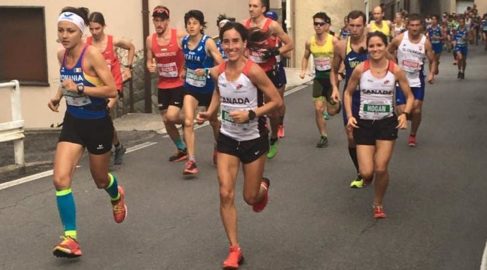

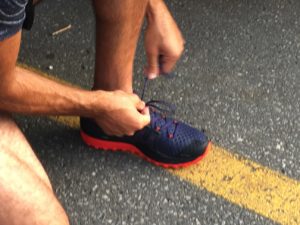

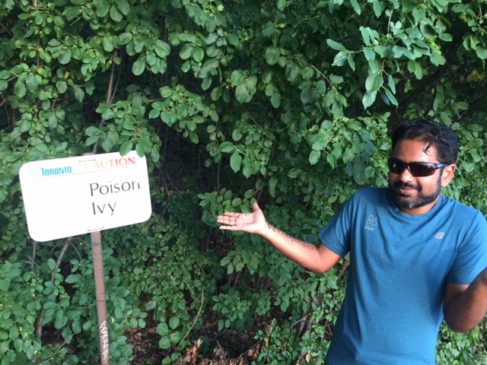
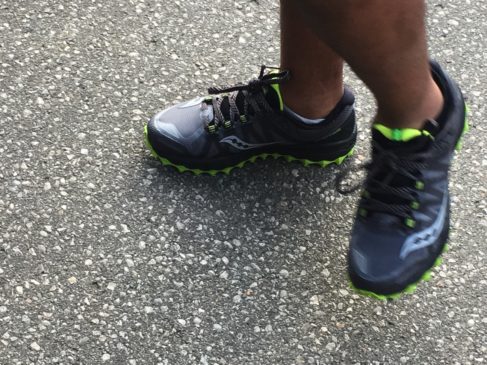
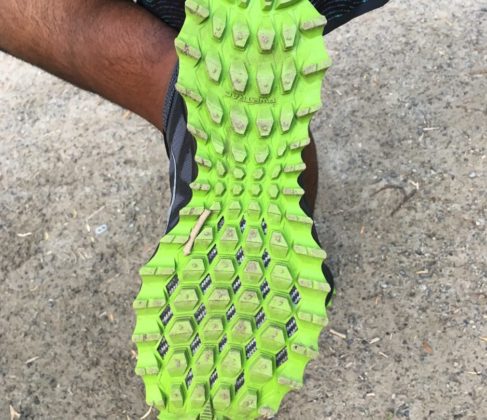

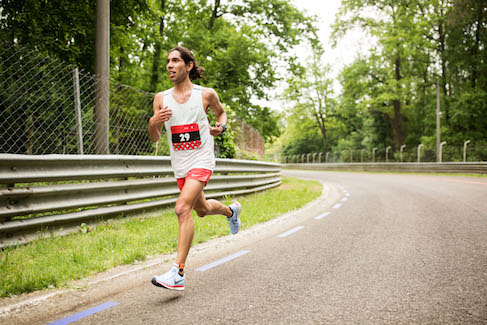
 Our Magazine
Our Magazine Previous Release
Previous Release
